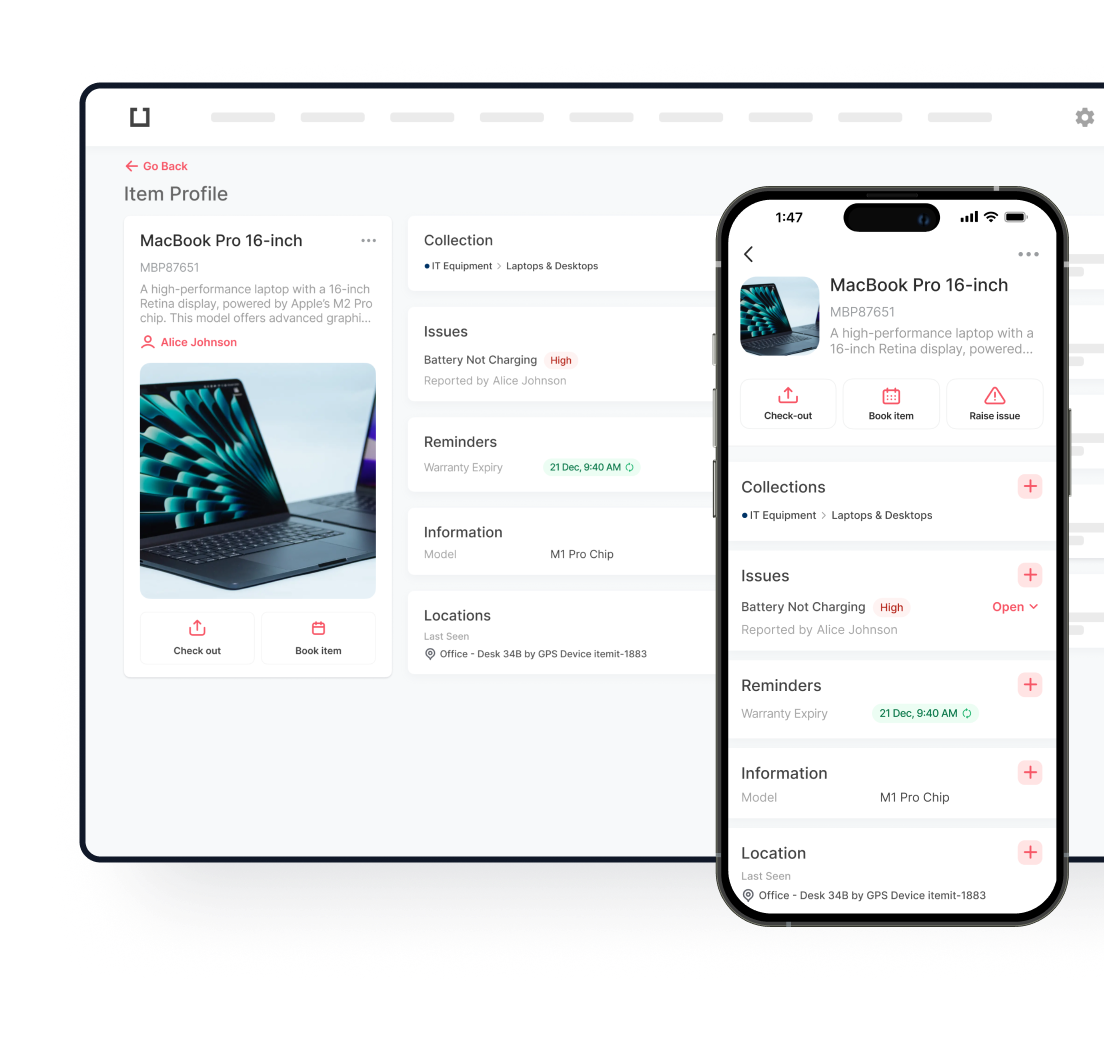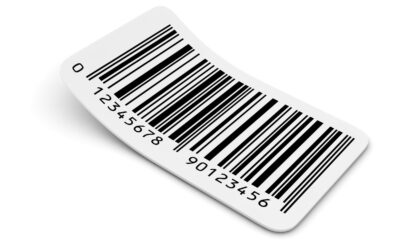How to Use GPS Trackers
Follow this simple guide to add a GPS tracker to your personalised itemit web portal:
- Select an asset you wish to track with a GPS tracker
- Open up its asset profile
- Next, head to the ‘Tags’ section and press the ‘+’ button
- Type in your tracker’s IMEI number (this is found above your tracker’s barcode)
- Hit ‘Save’
It’s as simple as that. Now your GPS tracker will automatically update the asset’s last-seen location every time it sends an update and will notify you about the time at which the last update was taken. Now you can see where you asset on the purpose-built map and also see a record of the journey it’s taken. With the itemit application, you can even view and monitor the tracker’s battery level too.
The Benefits of GPS Tracking
Thanks to the accuracy of satellite technology, GPS trackers show a global vantage point of trackable assets. This aids businesses in monitoring tool use, which in turn helps them maximise usage. In practice, GPS asset tracking uncovers unused tools or those left in an incorrect location. With this level of insight, managers can make better decisions on where tools or equipment should move to.
itemit’s GPS trackers
GPS trackers are highly useful and adaptable pieces of kit that can be used to track a range of assets. itemit’s GPS trackers seamlessly integrate with our application so you can view and track the real-time location of your assets with ease. Plus, with itemit you can mix and match different tracking technologies, such as RFID tracking, and utilise them from one system, allowing you to enjoy the best of both worlds. It’s time to automate your asset tracking with itemit’s GPS trackers.
If you’d like to find out more information please contact the team at team@itemit.com or you can get started straight away and try the 14-day free trial by filling out the form below!

Try itemit
Choose a better way to track
your assets.
Start your free 14-day trial now!

Keep Learning
itemit Blog
Tips, guides, industry best practices, and news.
What Is Active RFID? A Complete Guide to Smart RFID Tags
Discover what Active RFID is, how active tags function, and the key benefits and use cases that make this technology essential for modern tracking systems.
Everything You Need to Know About 2D Barcodes
Discover everything about 2D barcodes, including how they work, their benefits, and how they are revolutionizing industries and improving business operations
Complete Guide to Asset Lifecycle Management and Its Benefits
Learn about asset lifecycle management and how it helps businesses optimize asset usage, reduce costs, and improve efficiency throughout the asset’s life.



